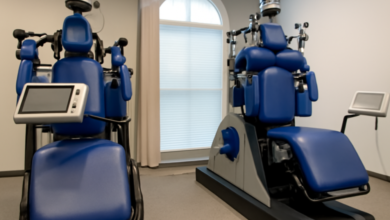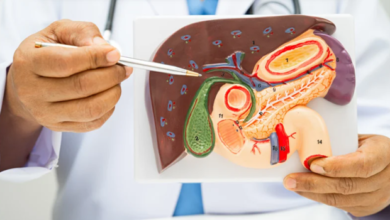How Mindfulness and Relaxation Techniques Aid in Pain Relief

Chronic and acute pain affects millions of individuals, often diminishing their quality of life and limiting their mobility. While medical treatments are crucial, incorporating mental and emotional strategies has become essential in pain management. Techniques such as mindfulness, meditation, and guided relaxation are now widely recognized for their ability to influence pain perception and support overall well-being. When pursuing holistic options for pain relief in Davie, residents may find that mindfulness-based approaches offer more than momentary comfort; they reframe how the body and brain respond to discomfort.
The Science Behind Mindfulness and Pain Modulation
Mindfulness involves cultivating present-moment awareness without judgment. This mental practice helps reduce the emotional reactivity tied to pain, effectively lowering its perceived intensity. Neuroimaging studies reveal that mindfulness alters brain activity in regions responsible for pain processing, such as the anterior cingulate cortex and the somatosensory cortex.
By learning to focus attention away from the pain and more on controlled breathing or bodily sensations, patients can manage their response instead of being overwhelmed by it. This makes mindfulness not just a calming strategy but a neurological intervention capable of changing how pain is interpreted by the central nervous system.
The Role of Acupuncture in Complementary Pain Care
Mindfulness and professional bodywork therapies work synergistically. Acupuncture is one such modality often paired with relaxation techniques for a more robust pain management strategy. Understanding how acupuncture provides effective pain relief in joint pain related to breast cancer treatment, especially when integrated with meditative breathing during sessions.
The insertion of fine needles stimulates the body’s natural painkillers, endorphins, and increases blood flow to affected areas. Combined with mindfulness, it creates a dual-action response: physiological modulation of pain signals and mental reframing of discomfort.
Guided Relaxation and Professional Support
Relaxation techniques, such as progressive muscle relaxation, visualization, and diaphragmatic breathing, activate the parasympathetic nervous system, shifting the body out of fight-or-flight mode. This shift allows tissues to relax, heart rate to stabilize, and cortisol levels to decrease, all of which contribute to pain reduction.
Choosing the right intervention for specific pain sources remains critical. For instance, understanding how to choose the right treatment for lower back pain relief involves more than picking a general approach. It requires assessing whether the pain is musculoskeletal, nerve-related, or referred from another area. Professionals can tailor relaxation strategies based on these underlying mechanisms, ensuring alignment with broader treatment plans.
Emotional Regulation and Pain Resilience
Pain is not just physical, it’s emotional. Mindfulness helps individuals observe their discomfort without attaching to negative thought patterns like fear, anger, or helplessness. This emotional regulation reduces the intensity of suffering even if the pain level remains the same.
Long-term mindfulness practice can also increase pain resilience, or the ability to tolerate discomfort without dysfunction. It builds mental stamina and helps prevent pain from dominating one’s daily narrative, especially in chronic cases where conventional interventions have plateaued.
Integration into a Comprehensive Pain Management Plan
The most effective pain relief strategies are multimodal. Mindfulness and relaxation are not replacements for clinical treatment, but they amplify outcomes when used alongside physical therapy, medication, or manual interventions. In clinical environments, professionals often incorporate these techniques within structured pain recovery programs to reduce dependency on pharmacological treatments and improve patient autonomy.
Consistent practice under supervision yields measurable results. Patients gain better sleep, lower blood pressure, improved mood, and greater control over their pain experience. This empowers them to remain active participants in their recovery rather than passive recipients of care.
Conclusion
The journey to sustainable pain relief patients seek is multifaceted, and mindfulness-based practices provide a powerful complement to physical interventions. When supported by professional guidance, techniques like meditation and guided relaxation enhance neurochemical balance, emotional regulation, and physical comfort. By viewing pain through both a neurological and psychological lens, individuals can reduce its impact on their lives and reclaim a sense of control over their health.





